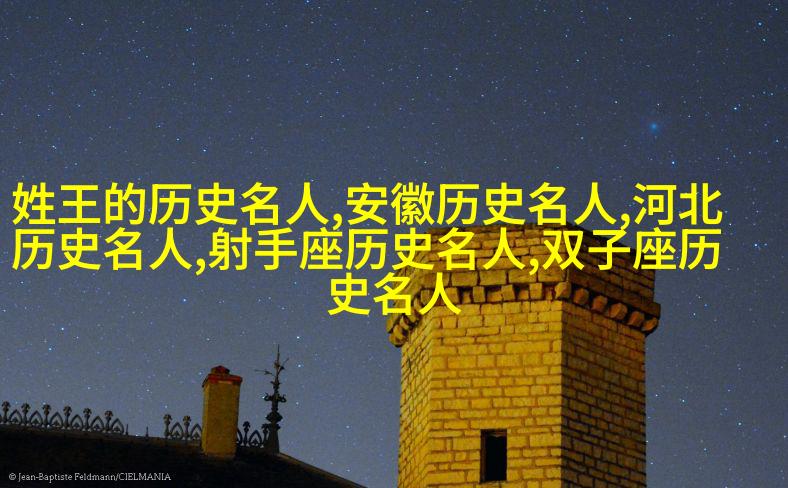
中国古代十三种定情信物初中历史中考必考知识点2021年
同心锁:伉俪曾盟金石约,生死誓结同心锁。传说很久很久以前,善良的女孩和忠厚的后生相爱了,可是做商人的父亲不想让女儿过穷苦的日子,偏偏把她许给官家的公子。婚期来临的时候,后生勇敢地抢出了新娘逃到了山里。前有堵截、后有追兵之际,他们挽着手从山上飞身跳了下去,后人寻找它们的时候只发现了两把锁在一起的石锁。这是一个美丽的寓言,一個虔誠的祈願,一個永恒不變的承諾。将一對相愛的人名字刻在鎖上,将兩個人心緊緊地“鎖”在一起,默默無語中已經倾注了自已的情感。

红豆:愿君多采撷,此物最相思。相傳,有位男子出征,其妻朝夕倚于高山上的大樹下祈望,因思念邊塞的愛人哭於樹下。泪水流干後,流出來的是粒粒鮮紅的小豆,小豆化為紅豆長成大樹結滿了一樹小豆,用以稱之為相思豆。
梳子:结发同心,以梳为礼。我国古时候,送梳子代表私订终身,有一辈子都要纠缠到老的一层含义。在女子出嫁前家人为其梳头时也有云:“一梳梳到底,二梳白发齐眉”,既包含了家人的美好祝愿,也有爱意传递。

罗帕:帕出佳人分外香天公教付有情郎。在古代多用于传情带着說不清道不尽的心境。“有女子手执罗帕巧笑嫣然”,想那女子伫立于万花丛中借着帕角飘忽暗送秋波既掩去露齿尴尬又平添几分娇媚讓人怜愛之意頓生。而這個“道具”質地輕使用頻率高特別容易掉落,在古典故事中,不少青年男女都是通過拾到羅帕而認識隨後相戀。
香囊:何以致叩叩?香囊系肘后。在古時候佩戴香囊歷史可以追溯到先秦時代據《禮記·內則》:“子事父母左右佩用;……衿缨,以適父母舅姑。”就是說青年人去見父母長輩時要佩戴“衿缨”即編織的小袋或裝飾品以示敬意。此外因為香囊是隨身之物恋人之間也常常把它當做禮物互赠以表達衷情。

玉佩:何以結恩情?美玉缀罗缨。在中國文明史上玉具有特殊的地位《五經通義》說玉“溫润而澤,有似於智;锐而不害,有似於仁;抑而不挠,有似於義;有瑕於內必見於外,有似於信;垂之如坠,有似於禮。”孔子的觀點更強調「温润」、「仁」、「义」等德性使得玉成為象徵君子的品格之一種象徵著「溫柔如玉」的君子的形象也是由此產生的。
绾臂金:何以致拳拳?绾臂双金环。此乃我國女性從遠古便開始穿戴耳飾打扮自己的習俗早期文字記載可見《山海經》裡描述青宜山中的神仙穿耳掛珠,《三國志》裡諸葛恪提及穿耳贯珠即顯示了這種裝飾品早已存在並且被珍視。但由李笠翁所著《闲情偶记 生容》的文章來看,這些裝飾品能夠伴隨一個生命全程,是非常重要的事物之一,而這種感情與儀式背後藏著深層次的人類關係與文化傳承。

钗: 何以慰别离? 耳后玳瑁钗. 钗是一种珠翡与银合制成花朵或其他造型并装饰发髻用的金属针片,它们通过固定发髻并展示个人的身份和社会阶层,而玳瑁则是指一种甲类动物皮革材质,这里的玳瑁钗则可能意味着某种特殊的手工艺制作方式或者材料选择,从而显得更加精致与昂贵。
earrings: What is it for? A pair of clear pearls in the ears. In ancient times, women often wore various ornaments to decorate themselves. The earliest records can be found in "Shan Hai Jing" where it is mentioned that the goddess of a mountain called Yinyi had her hair adorned with a pearl. The "Three Kingdoms" also mentions that women's hair was adorned with pearls during ceremonies.

earrings: How do you keep your love alive? With an ear decoration made of gold and jade. This type of jewelry has been popular since ancient times and has been passed down through generations, becoming a symbol of beauty and elegance.
In this article, we have discussed 13 traditional Chinese gifts that were used to express love and affection between couples or friends during different historical periods.
These gifts include same-heart locks, red beans, combs, handkerchiefs, incense bags, jade pendants, armlets made from gold or silver rings (called "armlet"), earrings made from jade or other precious materials (called "jade earrings"), pearl necklaces (or necklaces), silk fans (fans), brooches (ornaments attached to clothing), perfume bottles filled with fragrances like jasmine or rose oil.
Each gift represents something unique about Chinese culture such as their history.
For example the lock represents loyalty while the red bean represents deep feelings for someone.
This list provides us an insight into how people expressed their emotions in past centuries using these objects as tokens of love.
It also highlights how they could convey messages without speaking directly by using symbols which represented deeper meanings.
Overall these gifts are not only beautiful but they carry significant cultural values as well making them valuable objects to study for anyone interested in learning more about China's rich history.
The information provided here comes from various sources including books written by historians who studied ancient Chinese literature and art works created by artists who lived during those times.
By understanding these symbols one can gain insights into what life was like back then especially when it came to matters related to romance
They serve as reminders that even though time goes on human beings remain connected through our shared experiences
and our ability to create meaningful connections between each other
This article serves as an introduction into understanding some key elements of Chinese culture related specifically around romantic gestures but there are many more aspects worth exploring if one wishes further learn about this fascinating subject matter



